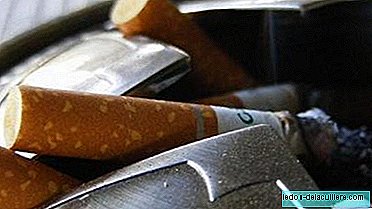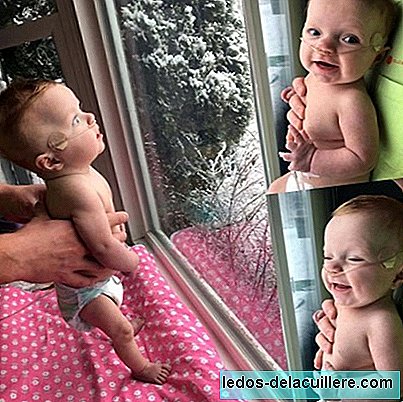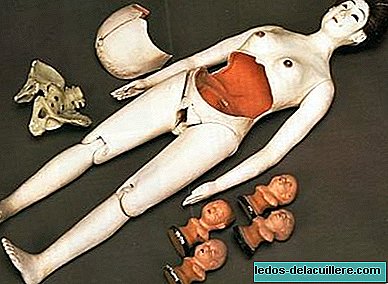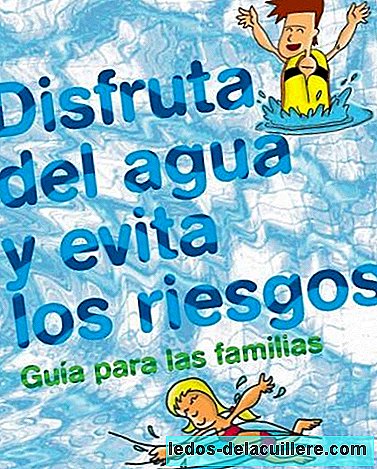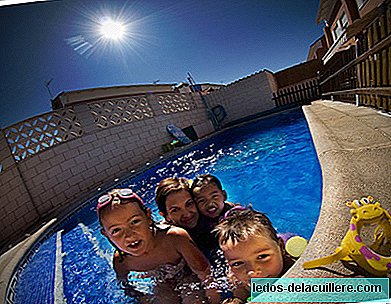
Now there are no excuses to take a good dip in community or private pools, high temperatures are inviting us to find ways to cool off. But as you all know water can become a hostile environment (especially for children), in fact according to WHO data, 'it is estimated that in the world die every year from drowning 388,000 people', being the greatest risk in children, men and people with easy access to water'
And on the part of Child Safety, they tell us that 'more than 80% of child deaths from drowning in swimming pools occur in private swimming pools, the safety regulations of these spaces are governed by a legal vacuum in addition to little or no information about them. That is why they have developed a Decalogue for Child Safety in Swimming Pools, which we now share with all of you.
From the United Association for Child Safety, support all the causes that result in the protection of minors, and the prevention of child drowning in swimming pools that year after year shake the conscience of many people to know the victims, their young age and the drama that accompanies the story of those who stay. In 2003 France enacted a law where every pool for individual or collective use must have a standardized safety device, in order to prevent the risk of drowning. In our country there is no standardization in this regard, so the manufacturers of safety devices, are governed by the AFNOR standard, which stipulates the basic standardization requirements to achieve the expected effects.
A 'drowning' is the process of suffering respiratory difficulties by submersion / immersion in a liquid, with results that are classified as: death, morbidity and non-morbidity '
Decalogue of Child Safety in Swimming Pools
Based on the needs and characteristics of children, their evolutionary development and their way of acting, we must put ourselves in their role to adapt the environment to prevention or what is the same: know, evaluate and detect risk points to take effective preventive measures.
1.- Observe the environment with "child eyes": Our responsibility as adults is not to lose sight of them for a moment, but accidents can happen in a second of distraction, so knowing how the child acts we can act based on their needs.
2.- Check the protection elements: This is done by moving ('with the eyes of a child') to see if the environment has safety devices that prevent a child in an oversight from reaching the pool.
3.- Keep the toys collected (and away from the pool) when the water day ends. It is especially important when we have babies under 4 years old, because these little explorers want to reach that toy that is in the water or near the pool glass, and because they do not completely dominate their body, it is extremely easy for them to accidentally fall inside.
4.- Learning: Children should learn to swim as soon as possible, or at least they should take classes that allow them to float if they come in contact with water.
5.- Visibility continues: Although the children are older and know how to swim perfectly, this is no reason not to stop supervising them. Many times a fall, a blow or a bad digestion can cause a fade into the water. Never leave children unattended.
6.- Existence of passive security elements: These are devices such as perimeter or immersion alarms that warn us that the child has come into contact with water, the reaction time of adults is very short in these cases, so these elements should not exclude the installation of active security elements.
7.- Active Security Items: These are those that prevent the child's contact with water, such as pool fences or blankets, these devices are the most valued from a preventive point of view since the child cannot come into contact with water. All these devices must comply with the AFNOR Standard referring to each of them.
8- When the pool we frequent is not commonly used (Holiday homes, stays in other people's homes such as vacations with grandparents, etc.) Surveillance has to be much stricter, because we are not familiar with the environment.
9.- Rescue devices: Lifeguard, pole and a telephone should be available near the pool.
10.- Pool environment: Both the floor inside the pool and outside must be protected by non-slip materials. Sometimes there are also dangerous corners inside that should be protected with special corners.
The steps and stairs will also be covered, and will be accessible at the exit corresponding to the 'glass' of the little ones in the pool, with suitable handrails.
Since part of the fun in these environments involves playing and running around when they are out of the water, we must provide non-slip footwear to prevent them from slipping.
In my opinion the rules, recommendations or safety devices they are not substitutes for adult supervision by watching children, and I would say more, because in community swimming pools or beaches without lifeguards, among the elderly who watch over the well-being of the children, there should be at least one who knows how to swim with ease, and (if possible) with notions of first aid.
We should take into account the latter even with portable pools, since 60 centimeters (sometimes even less) is enough for a child to drown.



